A show in Palm Springs surveys Mexican graphic design, but overlooks the border
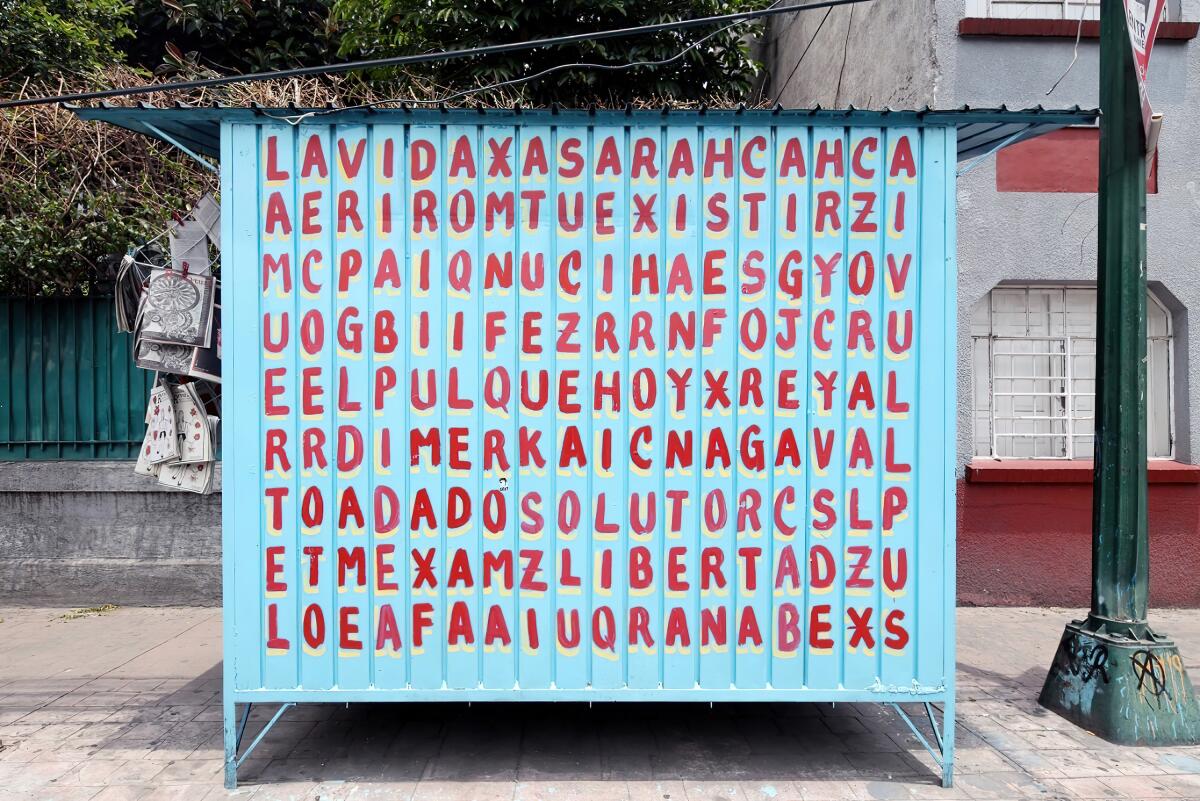
- Share via
In a calamitous week, I am finding it impossible to unplug from my various newsfeeds, which in addition to the conflict in Israel are still cluttered with the despair of Armenians fleeing Nagorno-Karabakh and the conflict in Ukraine. I’m Carolina Miranda, art and design columnist at the Los Angeles Times, thinking of all the civilians — and offering a small arts break:
Graphics, Mexican-style
When it comes to graphic design, there are few places with traditions as deep, as rich and as varied as Mexico. And its influences have extended well beyond its borders. The woodblock prints of José Guadalupe Posada, known for depicting Mexico’s political classes as a funereal parade of skeletons, have become part of global popular culture. And the stylized logo for the Mexico City Olympics in 1968, which fused Modernism with the repeating lines of Huichol yarn paintings, has likewise influenced countless designs since — including the logo for The Times’ Latinx Files (which appears in the email version of the newsletter).
“Eso es la vida/This is life: Graphic Design from Mexico,” now on view at Palm Springs Art Museum’s Architecture and Design Center, offers a broad overview of Mexican graphic design from the turn of the 20th century to the present. Organized by curator Robert J. Kett, the show includes work by Posada — including a remarkable lotería game board, crafted around 1910, that features a wild mix of images: a devil, a scorpion, a burning building. Also explored are the memorable designs for the ’68 Olympics created by Pedro Ramírez Vázquez, Eduardo Terrazas and Lance Wyman — along with the massive protests the Olympics Games generated in Mexico.
A 2018 animation by contemporary designer Fernanda Ruiz shows the number “68” reverberating to audio of the gunfire from the moment when the Mexican military began to fire on unarmed student protesters in Tlatelolco — which remains one of the most infamous massacres in modern Mexican history.

But more intriguing are the avenues of Mexican design history that have been less explored (at least within the United States).
On display is a first edition of Gabriel García Márquez’s “One Hundred Years of Solitude,” which featured a cover designed by abstract painter Vicente Rojo (who died in 2021), bearing a pattern inspired by early 20th century Mexican illustration and vernacular sign painting. Other book covers he designed reflect his interest (and hand) for hard-edge abstraction. And I found myself charmed by an excerpt of a 1965 film the artist created in collaboration with director Juan José Gurrola, in which he drew patterns on the surface of a film that tracks a figure as he moves through Mexico City.
One corner of “Eso es la vida” explores vernacular traditions such as sign painting. Tools and placards collected by Taller de Letras, an archival initiative linked to the Red de Reproducción y Distribución (who created the kiosk shown at the top of this post), display the buoyant, hand-painted lettering employed on magazine stands, shops and eateries around Mexico. Another corner, focusing on design and women, features an installation of the poignant photographs of Anai Tirado, who recorded the names of femicide victims painted on barricades erected by Mexico City authorities during protests in 2021. (These were later collected in an artist book published by Gato Negro Ediciones.)
Make the most of L.A.
Get our guide to events and happenings in the SoCal arts scene. In your inbox every Monday and Friday morning.
You may occasionally receive promotional content from the Los Angeles Times.
The Architecture and Design Center is a small space, located in a former bank building designed by E. Stewart Williams on Palm Canyon Drive. Which means that this very broad design survey has gaps for lack of space.
An installation alludes to Mexico City’s famous outdoor musical market, Tianguis del Chopo. But otherwise, Mexican musical culture goes largely unrepresented. In the 1970s, artist Jaime Ruelas became a veritable cult figure for the futuristic designs he conjured in the fliers he created for bands of all stripes. Rock bands from the 1990s like Molotov and Café Tacvba have long featured strong design on their album covers — in fact, members of the latter met in school while studying graphic design. And artsy cumbia acts like Sonido Gallo Negro have made bold design an essential aspect of their album covers and their unusual videos. (Good news: They’re playing at the Teragram Ballroom on Nov. 5.)
Most surprising is that there is no mention of Nortec, the Tijuana collective that upended electronic music — and design — by incorporating the signifiers of northern Mexican culture into their work. (The 2004 book “Paso del Nortec” collected a lot of this work.) This particular oversight feels especially galling: Palm Springs lies only three and a half hours from Tijuana.
A better strategy might have been for the exhibition to focus on design after 1968. Subjects such as the ‘68 Olympics have already received a good deal of institutional attention in the United States. (It was the subject of an entire exhibition at SFMOMA in 2018.)
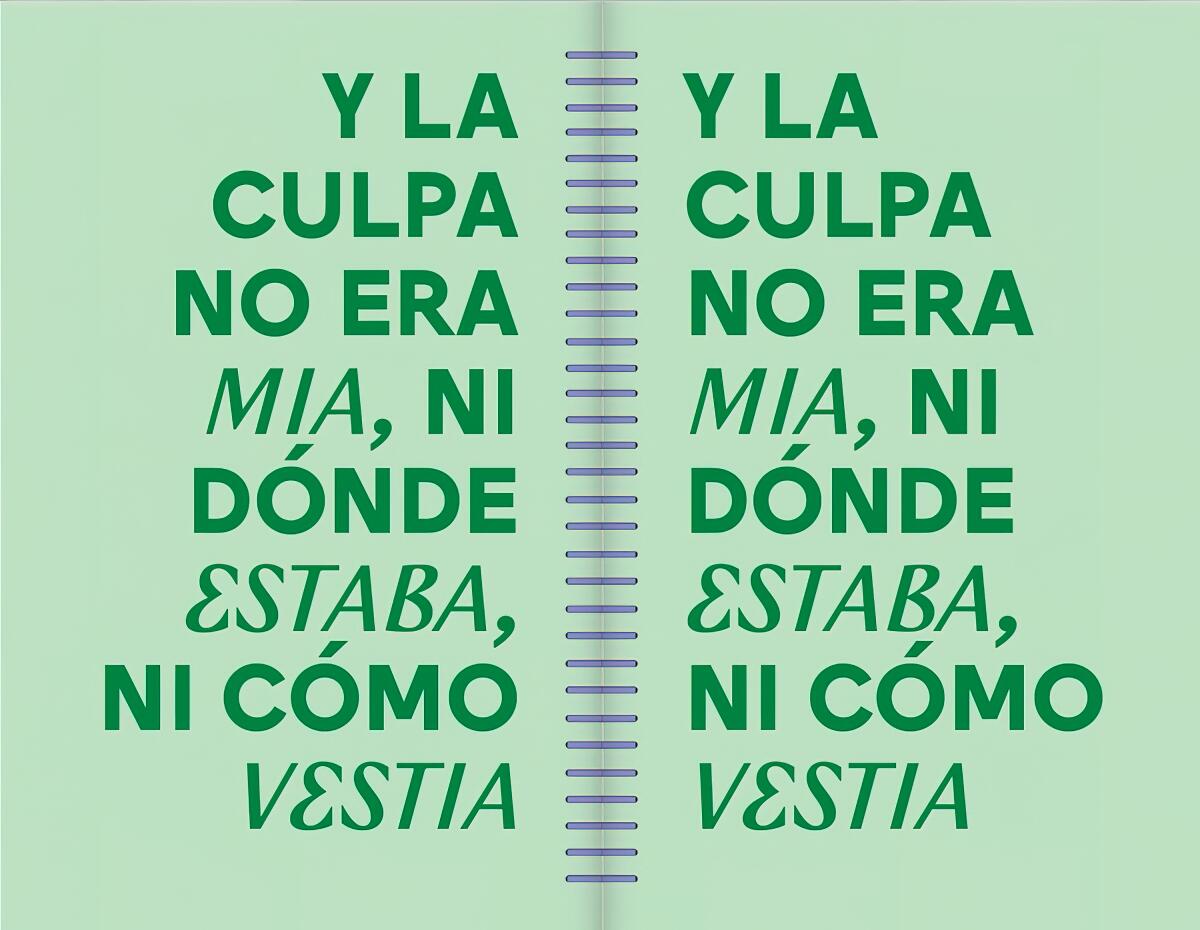
That said, just two weeks after writing about the reductive banality of fiesta fonts and Hispanic Heritage Month design, I was delighted to see this show with its varied approaches to design — some powerful, some raw, some aesthetically beautiful, some tongue-in-cheek. It left me wanting more. Hopefully, “Eso es la vida” can serve as a jumping off point for much deeper dives.
“Eso es la vida / This is life: Graphic Design from Mexico” is on view at the Palm Springs Art Museum’s Architecture and Design Center, 300 S. Palm Canyon Drive, Palm Springs, through Nov. 27; psmuseum.org.
The war of images
Hamas’ attacks against Israelis have unleashed a parallel conflict online, and it has everything to do with images. This comes at a time when one of our biggest social media platforms, X (a.k.a. Twitter), is drowning in disinformation as a result of changes implemented by Elon Musk. “As if the conflict between Israel and Hamas isn’t complicated enough, navigating X for up-to-the-minute dispatches now means having to comb through layers of xenophobic drivel, doctored and/or mislabeled videos and more disinformation-spewing bots than Facebook circa 2016,” writes Times television critic Lorraine Ali. “Prime example: One viral video claiming to show a Hamas fighter shooting down an Israeli helicopter is actually a clip from the video game Arma 3.”
Rhea Nayyar at Hyperallergic likewise digs into the falsehoods, which include faked accounts for a BBC journalist and the Jerusalem Post on X, and the ways images are stripped of context to support one or the other side of the conflict. For example: An image of frightened children gazing up at the sky was initially shared by actor Jamie Lee Curtis in support of Israelis, but she deleted it when it was revealed that the children in the image were Palestinian.
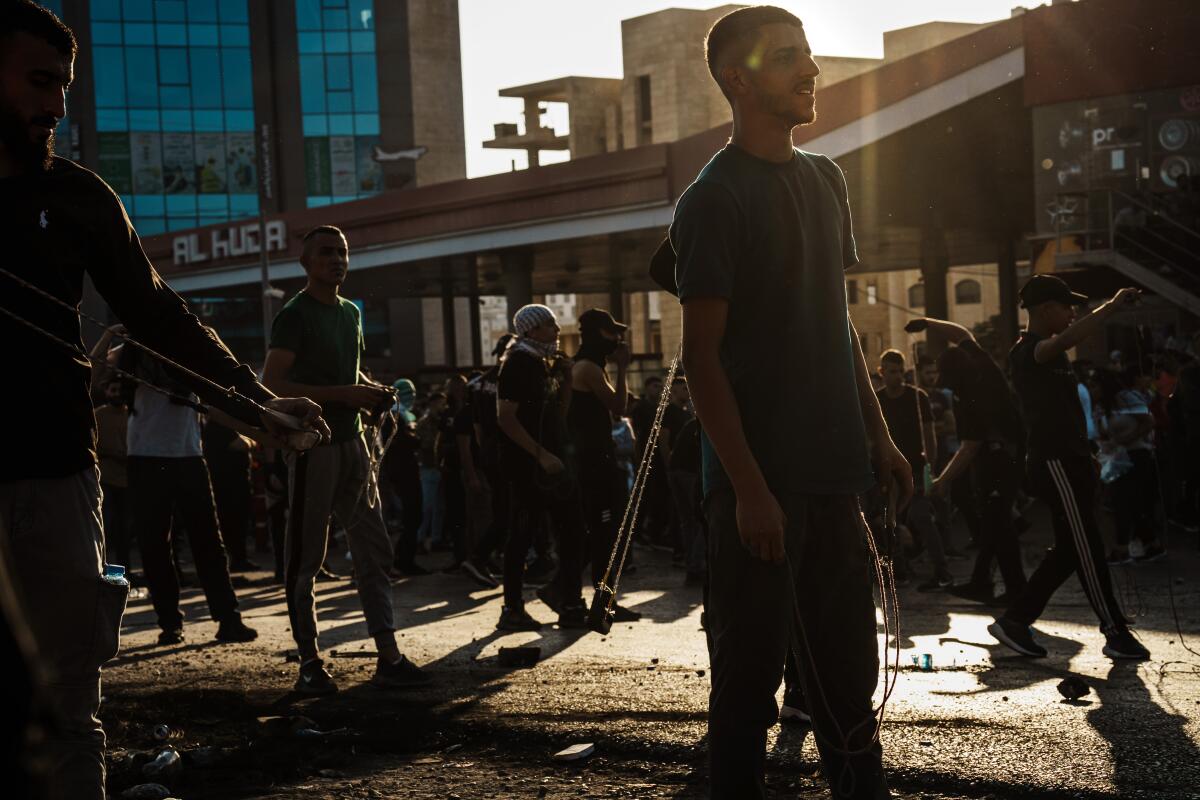
Separately, Bloomberg columnist Bobby Ghosh digs into how the terrifying videos of Israeli civilians being kidnapped and paraded by Hamas has worked against the aims of the group.
Enjoying this newsletter? Consider subscribing to the Los Angeles Times
Your support helps us deliver the news that matters most. Become a subscriber.
Plus, the Washington Post has produced a remarkable graphic that breaks down the architecture of the barrier that separates Gaza from the rest of Israel. All the razor wire has eerie echoes of the increasingly militarized U.S./Mexico border.
In and out of the galleries
L.A.’s typical approach to its beleaguered river has been grandiose feats of engineering and even more grandiose master plans. Artist Lauren Bon and her team at Metabolic Studio are taking an approach akin to acupuncture: drawing water from the river’s concrete channel to a well on a property owned by Metabolic, where it will be cleaned and used to irrigate Los Angeles State Historic Park. “Bending the River,” as the piece is titled, has been 12 years in the making. I spoke to Bon about its roots and how a work of engineering is also a work of art.
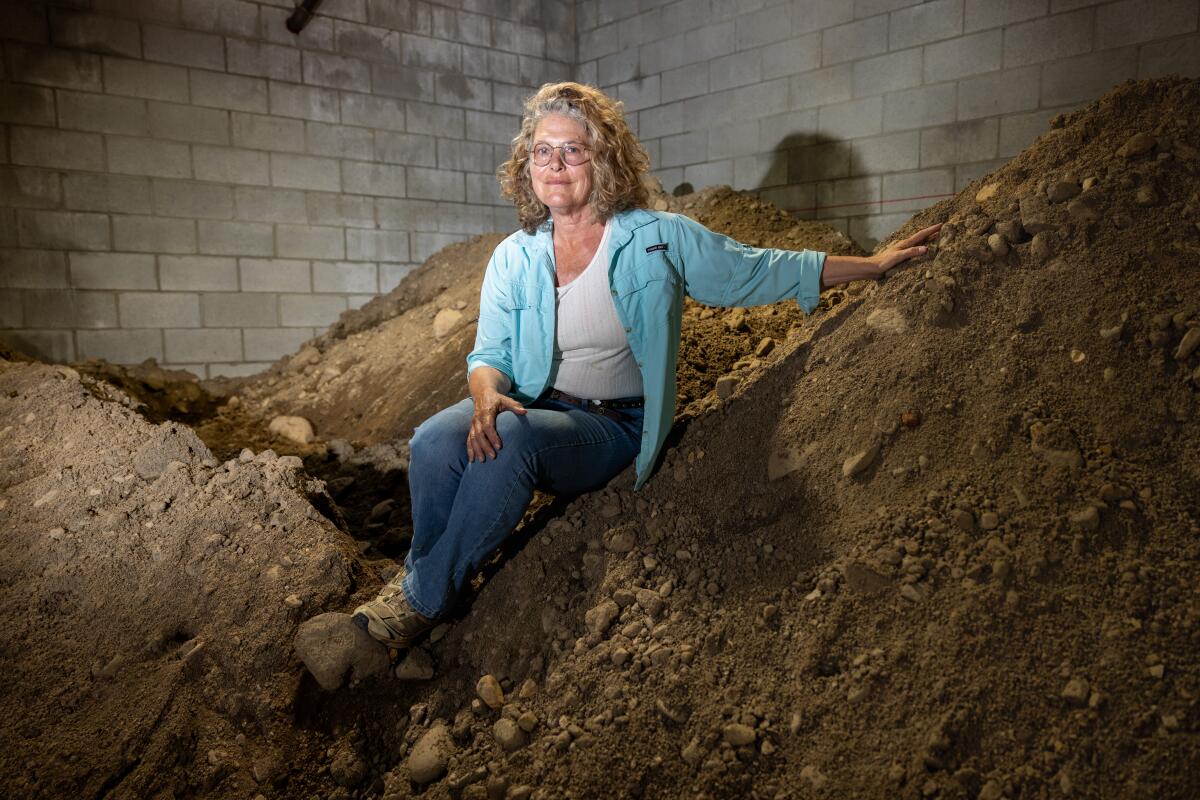
Meanwhile, the twin rockets that once belonged to the space shuttle Endeavor have landed at the California Science Center in Exposition Park — and it was an event, reports The Times’ Rong-Gong Lin. The shuttle will be fully assembled in a new museum wing that will debut next year.
The Times’ Tyrone Beason and Francine Orr report on how murals in Santa Barbara speak to a Latino presence that is not always visible in this tony seaside enclave. Chicano historian and blogger Michael Montenegro leads tours of some of the most iconic.
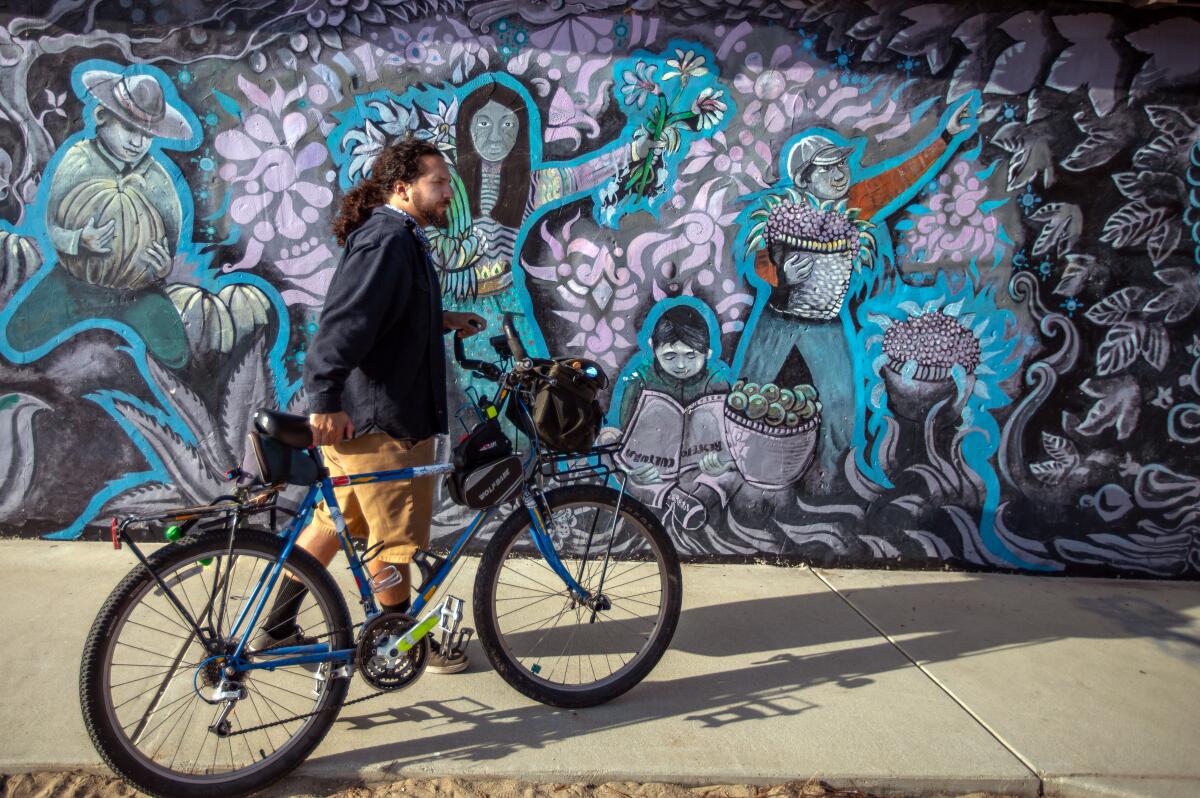
“The beauty of Waters’ obscenities came not because the subjects of his films were the joke, but because those disgusted by his actors were the ones being mocked.” Leah Perez has a nice write-up of the Academy Museum’s John Waters show in Artillery magazine.
Design time
When I’m not hanging out in the L.A. River, I’m in Las Vegas experiencing the Sphere. As you may remember, on my last visit, I was unable to get inside and spent three hours staring at a largely unchanging ad for the venue’s upcoming U2 concerts. On this occasion, I actually made it in to check out Darren Aronofsky’s specially commissioned film, “Postcard From Earth.” I report on the whole experience, with nods to the IBM pavilion at the ’64 World’s Fair, Disney, stripper robots, gummies and Mai Tais.
Like last time, I did spend plenty of time just lurking the building ... watching more U2 ads.
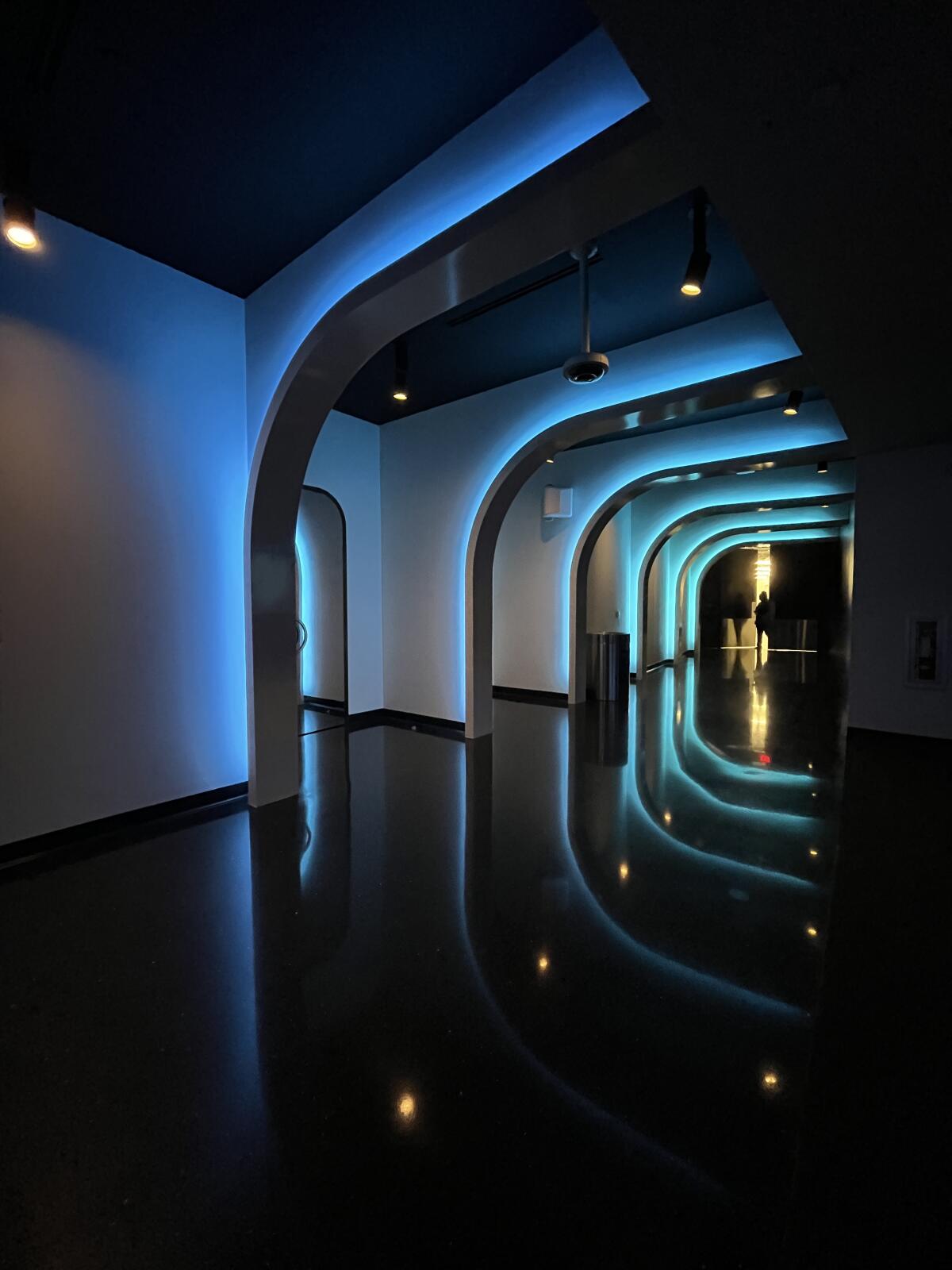
My colleague Andrea Chang has an absolutely wild story on the design and fabrication of sex toys by the North Hollywood company Doc Johnson: “Things should go quickly today, unlike sessions when male performers get molded. Those are hard, Chief Operating Officer Chad Braverman says, because the men are usually not.”
From the profane, we move onto the sacred: Deborah Netburn has a guide to some of Southern California’s most remarkable sacred spaces, including Lloyd Wright’s Wayfarers Chapel in Rancho Palos Verdes and the BAPS Shri Swaminarayan Mandir in the Chino Hills (which I seriously dig).
Plus, a massive Swaminarayan temple has opened in New Jersey.
What I’m reading
I recently subscribed to jazz critic Nate Chinen’s newsletter the Gig and want to express how much I dig the Gig.
Over the last week, Chinen has interviewed composer Courtney Bryan, who recently received a MacArthur “genius” grant, and saxophonist Darius Jones about his Fluxus-inspired album — which led me to this staggering video of one of Jones’ animated scores. (WHOA.) The newsletter has led me to other interesting work — such as Chinen’s joyous Q&A with drummer Bobby Sanabria about Tito Puente and this this heartfelt essay by composer Gabriel Kahane on the violence in Israel. I’m a paid subscriber — 10/10 recommend.
Also very terrific is a new series of interviews that writer Sam Sweet has begun publishing on his website, All Night Menu. They consist of a series of questions for various cultural figures about how they are connected to Los Angeles. Start with this convo with artist Senga Nengudi, then go down down down the rabbit hole and finish with the absolutely hilarious and amazing interview with actor and singer Michael Des Barres. You will not regret.
Essential happenings
Steven Vargas has got the guide to all things L.A., including a performance by Invertigo Dance Theatre and the group exhibition “Drag Show” at Cal State Long Beach.
And our colleague Karen Garcia has a guide to all things Día de los Muertos in L.A. and O.C.
Moves
The Perenchio Foundation has announced a new wave of capital improvements grants to 45 cultural organizations around L.A. County, including the Long Beach Symphony, the 18th Street Arts Center in Santa Monica and East West Players in downtown L.A.
The Mellon Foundation has announced a $600,000 grant to GYOPO, a group of Korean cultural workers and producers based in Los Angeles.
Berkshire Hathaway’s Charlie Munger (also known as the designer of that terrible dorm in Santa Barbara) has donated $40 million in stock to the Huntington Library, Art Museum, and Botanical Gardens.
Passages
Architect Beverly Willis, who designed the San Francisco Ballet Building and served as advocate to women in the field, has died at 95. I am deeply appreciative of the podcast her namesake foundation has supported: “New Angle: Voice” tells the stories of women, famous and not, who have made important contributions to the field of design.
Claude Cormier, a Canadian landscape architect known for his “playfully subversive” designs for public spaces in cities like Toronto and Montreal, is dead at 63.
Nobel Prize-winning poet Louise Glück, whose eclectic body of work spanned half a century and was inspired by subjects as diverse as Greek myth and family life, has died at 80.
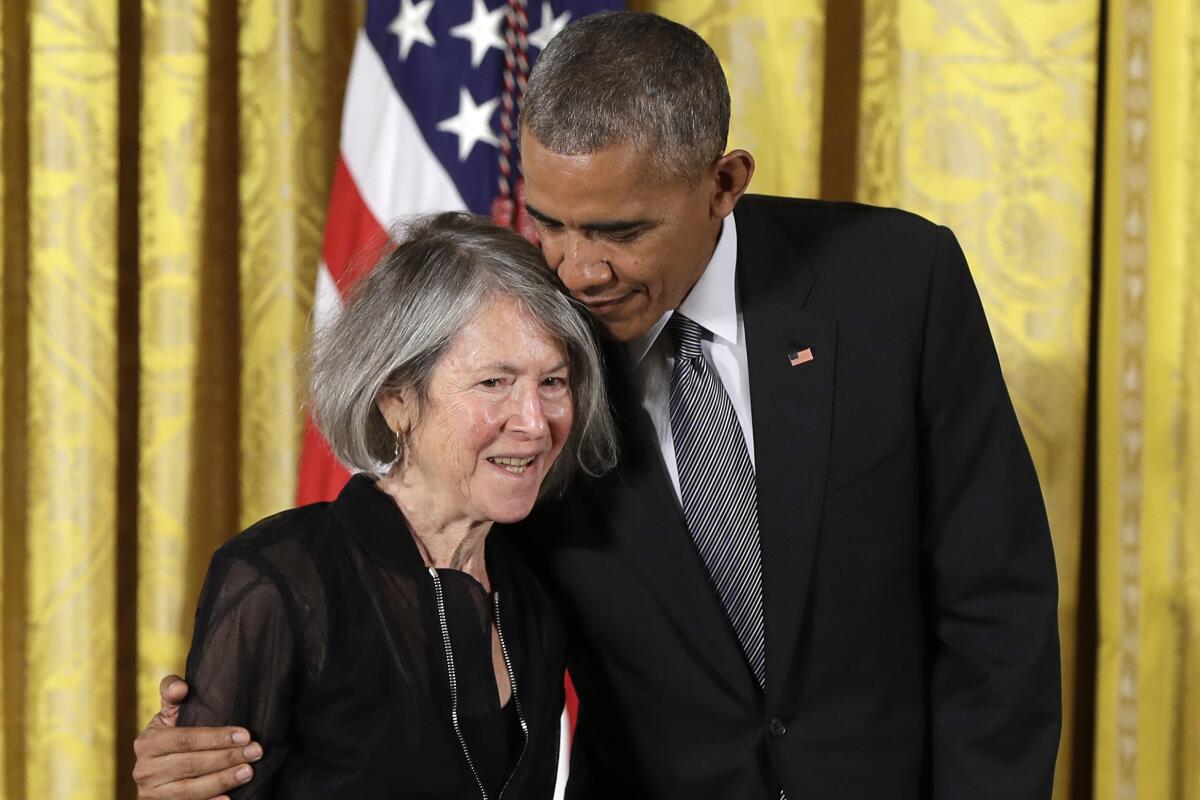
In the news
— The Freedom Monument Sculpture Park in Alabama, set to open in early 2024, will provide an unflinching look at slavery at a time when Black history is being suppressed.
— SFMOMA has a major exhibition devoted to Yayoi Kusama opening this weekend. San Francisco Chronicle columnist Soleil Ho digs into the artist’s anti-Black writings, which are frequently overlooked in the Kusama story.
— Plus, SFMOMA is suing City College of San Francisco for not paying its share of the bill for moving Diego Rivera’s massive “Pan American Unity” mural to the museum for temporary display.
— El Anatsui recently unveiled a monumental new commission at the Tate Modern’s Turbine Hall. The New York Times’ Siddhartha Mitter writes about the artist and his work in a profile that is full of poetry.
— How L.A.’s bird population has been shaped by redlining.
— I’m not sure how I missed this session of jelly cake fabrication at LACMA. As my longtime associates will know, I have a years-long obsession with cakes that are encased in jelly, courtesy of the long-running Peruvian cake tradition known as torta helada.
And last but not least ...
I am here for all the burgers and this week is a bounty because The Times just published a guide to the city’s most iconic burgers, while L.A. Taco rounds up all the best ‘hood burgers. You’re welcome.
The biggest entertainment stories
Get our big stories about Hollywood, film, television, music, arts, culture and more right in your inbox as soon as they publish.
You may occasionally receive promotional content from the Los Angeles Times.




